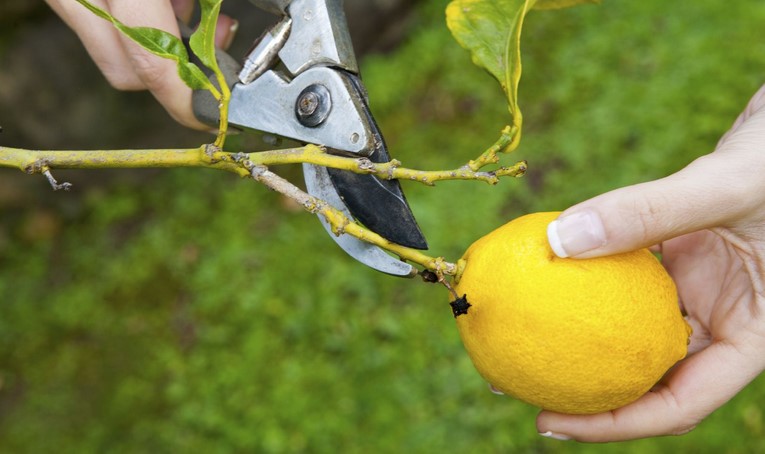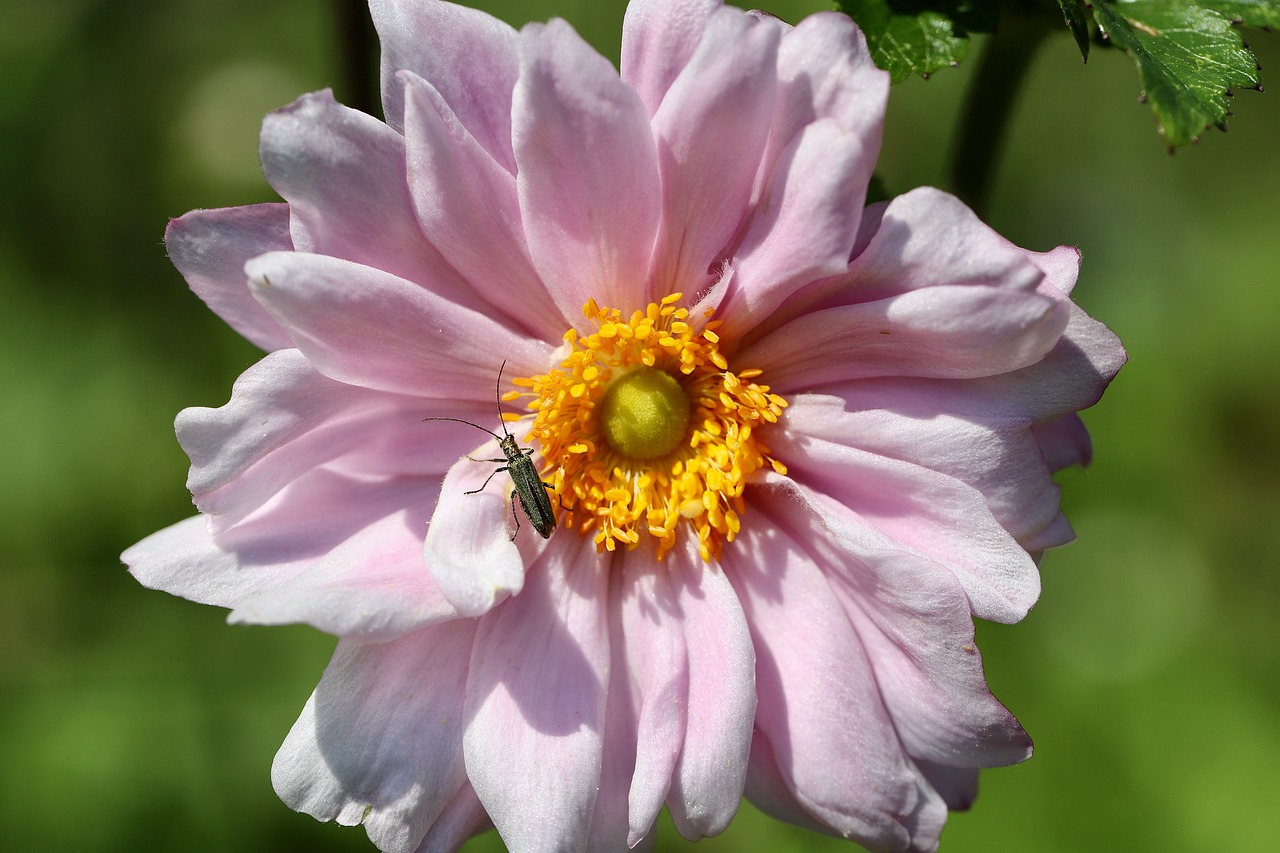
Pruning a Lemon Tree
Citrum in citro is of one lemon
Citrus lemon has a wide range of health benefits. Its antioxidant content is high and it has been shown to prevent cancer. Citrus fruits are high in polyphenols, vitamin C and E, and lipoten. Antioxidants are known as anti-carcinogens, and they are found in great abundance in citrus fruit. The most common test to determine the anti-carcinogenic properties of different foods is the Ames test, which uses bacteria with specific mutations to determine the effect that different elements have on these cancerous cells.
A popular addition to patios and balconies the world over, lemon trees are a lovely choice when it comes to house plants. Lemon trees grow best in warm climates where they can be grown outside year-round, but if you don’t have a sunny spot or patio, you can still enjoy all of the benefits they bring with them. Here’s how to prune a lemon tree to make sure you get the most out of your tree.

Pollination of a lemon tree
The pollen from a lemon tree flower can be transferred to other flowers. A small paintbrush or cotton swab can be used for this purpose. Use it to rub pollen from the flower’s stigma onto the stamens and center of the flower. Continue to do this until you see little lemons forming.
Lemon trees are monoecious, meaning they produce flowers with both male and female reproductive organs. Their flowers contain a stigma, style, ovary, filaments, anthers, and pistil. These reproductive organs are responsible for attracting bees, which then fertilize the flowers.
Pruning of a lemon tree
Pruning of a lemon tree is a vital part of growing lemons, as improper pruning can lead to an uneven fruit crop. The first step in pruning a lemon tree is to remove any dead wood and thin branches. Cuts made to remove dead wood should be made at a 45-degree angle and avoid damaging the main stem. If you are not confident in your pruning skills, watch a lemon tree pruning video to learn how to prune lemon trees correctly. You should also cut off any suckers, water sprouts, or basal shoots that may be growing on your lemon tree. The latter two can be a sign of shallow soil and will steal the valuable nutrients and water from your lemon tree.
The best time to prune a lemon tree is when it is young. Regular pruning will prevent the young plant from growing scraggly and will promote bushy, dense growth. However, do not prune your lemon tree too early, as this could reduce the amount of fruit it produces.
Care of a lemon tree
If you wish to grow a lemon tree, you should take care of several factors. Lemon trees are sensitive to strong winds, and they need consistent watering. They prefer moist soil, but not soggy soil that can cause them to rot. Also, make sure to prune your lemon trees as needed.
If your lemon tree has yellow or dead leaves, this may be a sign of aphid infestation. Also, it could be a sign of scale insects. Other symptoms may include silvery webs in the leaf axils. If your lemon tree is losing its leaves, it may be suffering from a lack of iron. It is important to provide sufficient amounts of both calcium and iron to the tree, otherwise it could become chlorotic and not produce fruit.

Lemon trees are a popular addition to patios and gardens, so they are often grown by novice gardeners and keen gardeners alike. That said, not everyone has the patience to see their lemon tree’s fruit fully ripen, or the desire to care for one of these beautiful plants. But with a little practice, any gardener can become an expert at pruning a lemon tree, so there is no excuse not to give it a shot! Your patience will be rewarded with plenty of sweet-scented juicy fruit throughout the summer months.



